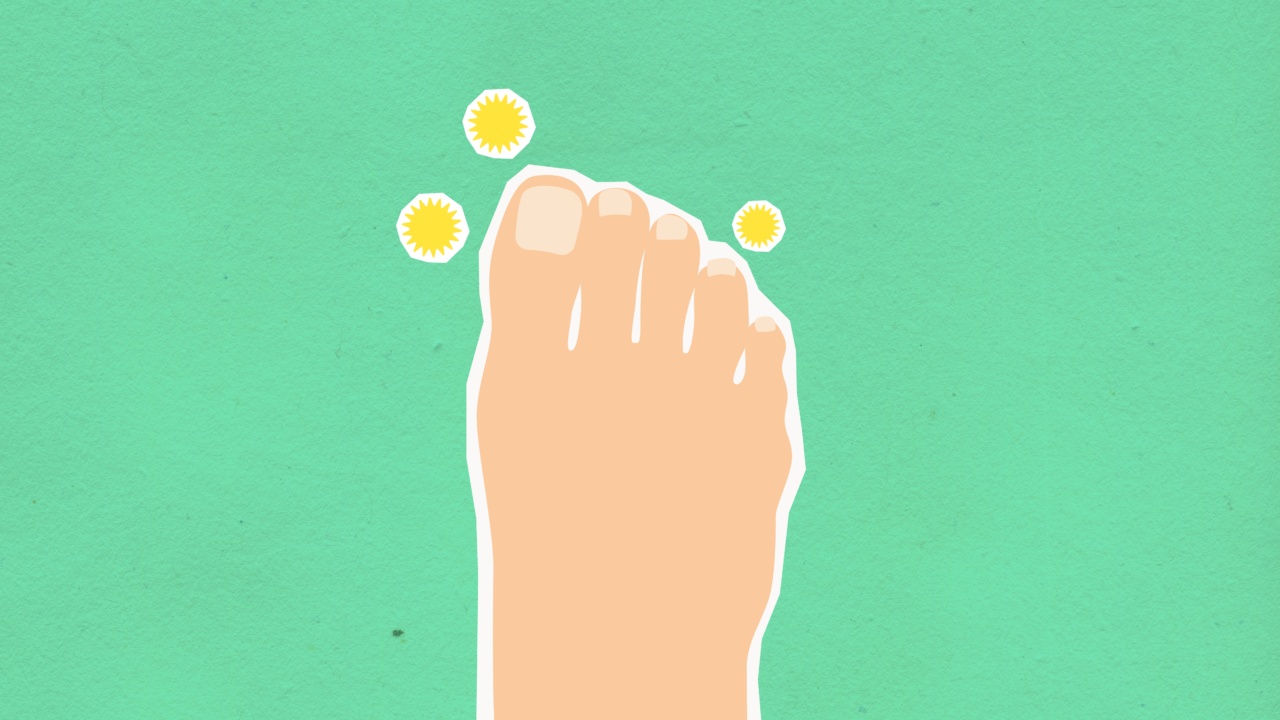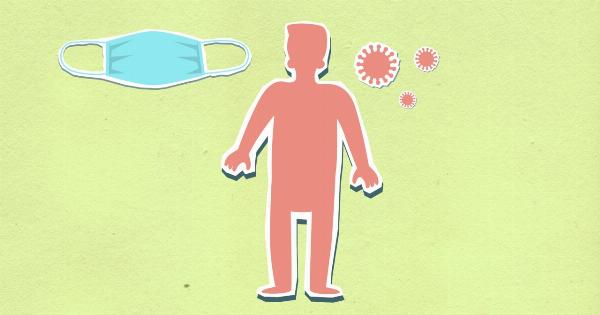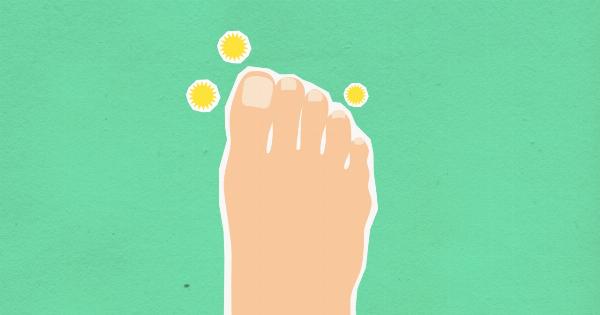Fungal infection of the nails, also known as onychomycosis, is a common condition that affects millions of people worldwide. It is caused by the growth of fungi in or around the nails, with the toenails being more commonly affected than the fingernails.
If left untreated, the infection can cause pain, discomfort, and in severe cases, can even lead to the loss of the nail. In this article, we will discuss the causes, symptoms, and treatment options for fungal nail infections.
Causes of Fungal Nail Infections
The most common cause of fungal nail infections is a type of fungus called dermatophytes. These fungi thrive in warm and moist environments, such as the inside of shoes or socks. Other factors that increase the risk of fungal nail infections include:.
- Age: as we age, our nails become more brittle and prone to infections.
- Poor circulation: people with poor circulation in their feet and hands are at a higher risk of developing fungal nail infections.
- Diabetes: diabetes reduces blood flow to the feet, making them more susceptible to infections.
- Immune system disorders: people with weakened immune systems, such as those with HIV or cancer, are more likely to develop fungal nail infections.
- Excessive sweating: excessive sweating can provide a breeding ground for the fungi that cause nail infections.
Symptoms of Fungal Nail Infections
The symptoms of fungal nail infections can vary depending on the severity of the infection. In the early stages, the nail may be discolored, usually yellow or white.
As the infection progresses, the nail may become thick and rough, and may even separate from the nail bed. Other symptoms may include:.
- Changes in nail shape: the nail may become distorted and misshapen.
- Foul odor: the infected nail may emit an unpleasant odor.
- Pain: the nail may be painful, making it difficult to walk or wear shoes.
Treatment for Fungal Nail Infections
Treatment for fungal nail infections can be challenging as the infection is often deep-seated and difficult to reach. The most common treatment options include:.
- Oral antifungal medication: these medications are prescribed by a doctor and are taken daily for several months.
- Topical antifungal medication: these medications are applied directly to the infected nail. They must be used consistently for at least a few months for effective treatment.
- Laser treatment: laser treatment for nail fungus is a relatively new treatment option that involves the use of intense beams of light to eliminate the fungus.
- Surgical removal of the nail: in severe cases, the infected nail may need to be surgically removed to allow a healthy nail to grow.
Preventing Fungal Nail Infections
While fungal nail infections can be difficult to treat, they can be prevented through good hygiene and taking some simple precautions. Some tips to prevent fungal nail infections include:.
- Keeping your feet clean and dry: make sure to dry your feet thoroughly after bathing, and change your socks and shoes regularly.
- Avoiding walking barefoot in public places: such as pools, locker rooms, and showers.
- Wearing shoes that fit well: shoes that are too tight or too loose can create a moist environment, which can encourage fungal growth.
- Disinfecting your nail clippers: both when you use them and after each use.
Conclusion
Fungal nail infections can be a painful and uncomfortable condition, but with proper treatment and prevention, the infection can be managed effectively.
If you suspect that you have a fungal nail infection, it is important to seek medical attention promptly to avoid any complications.




























